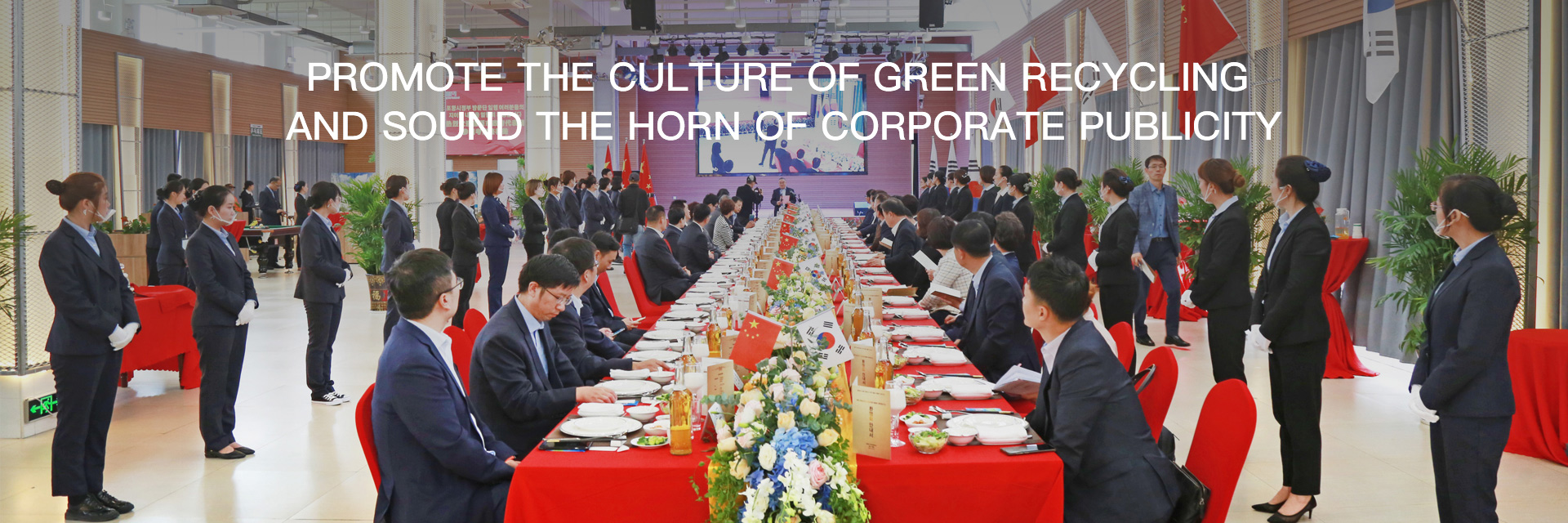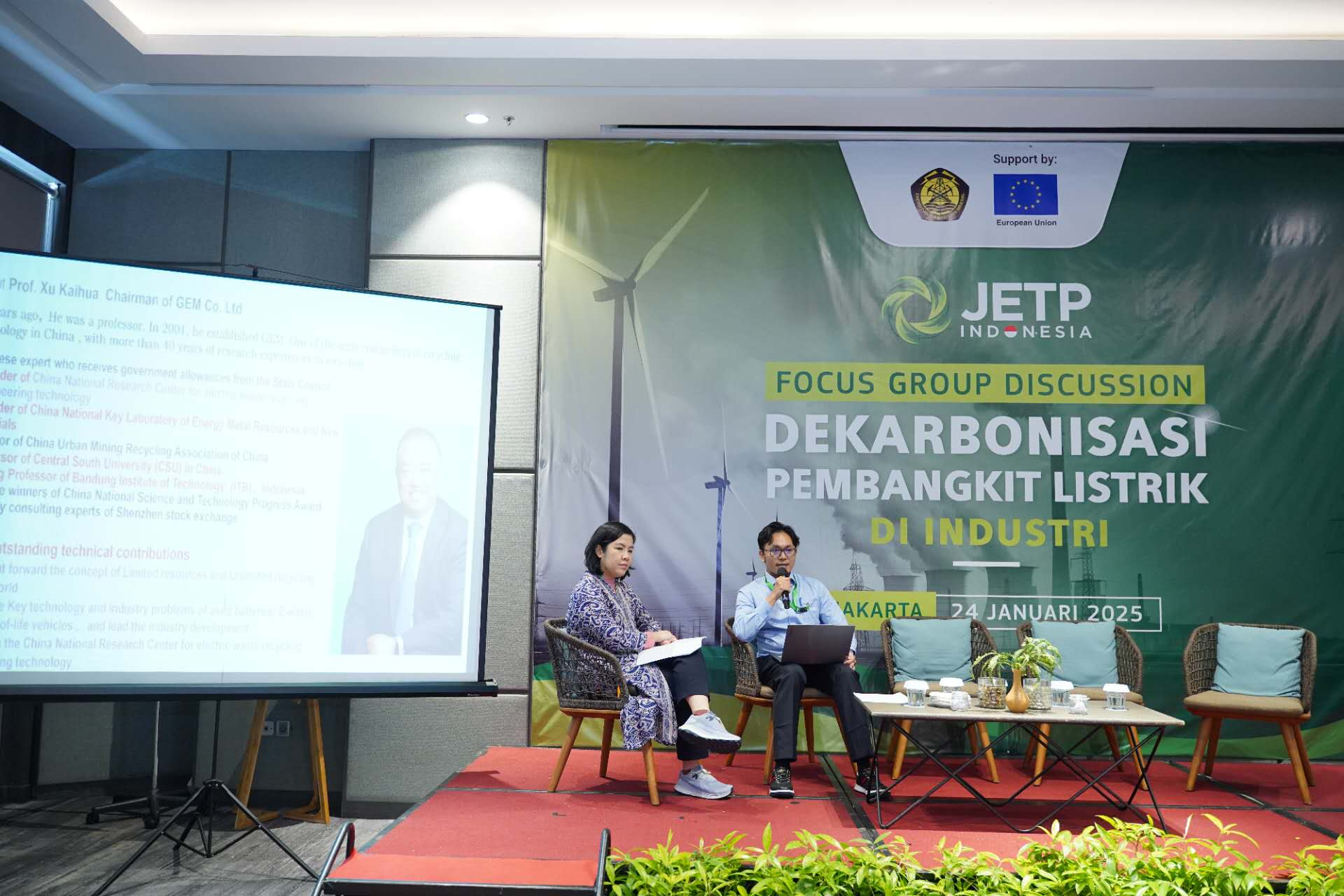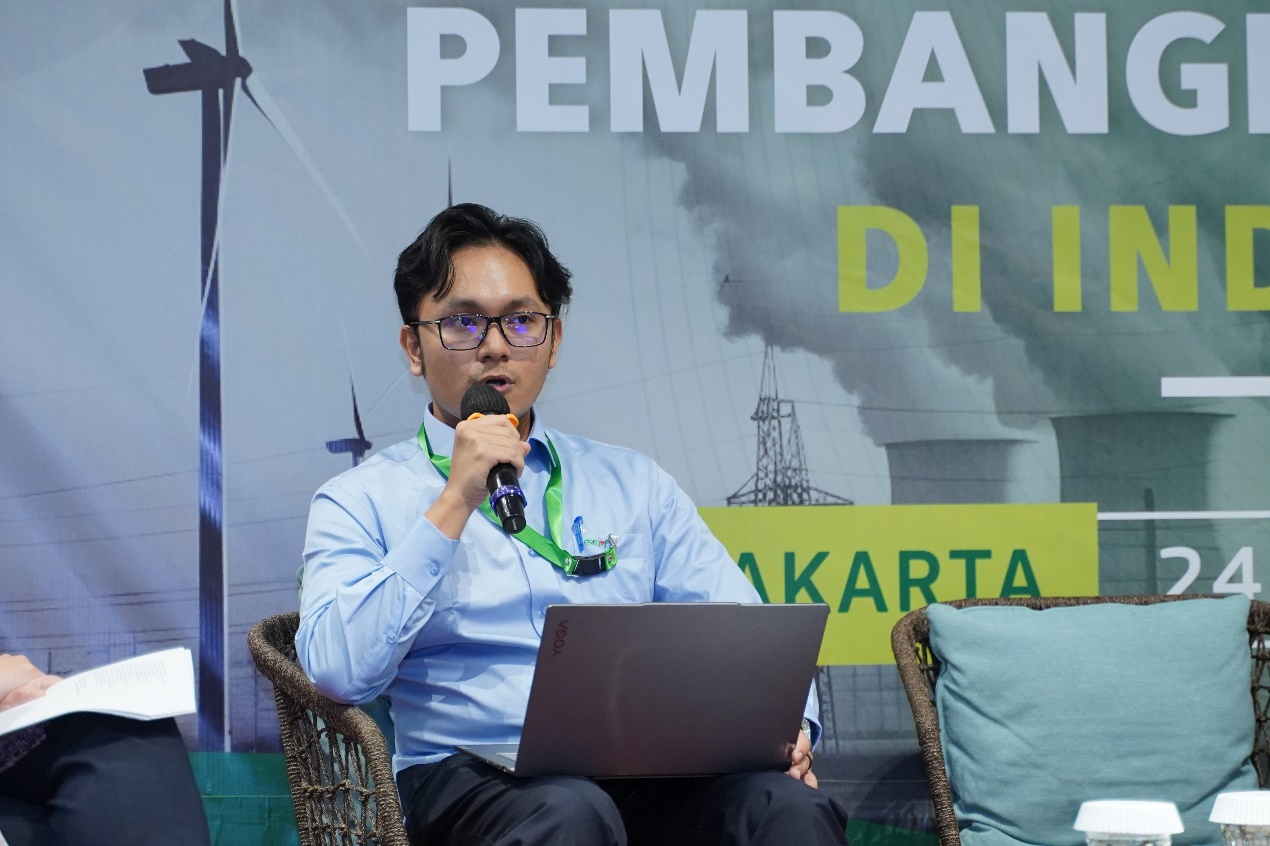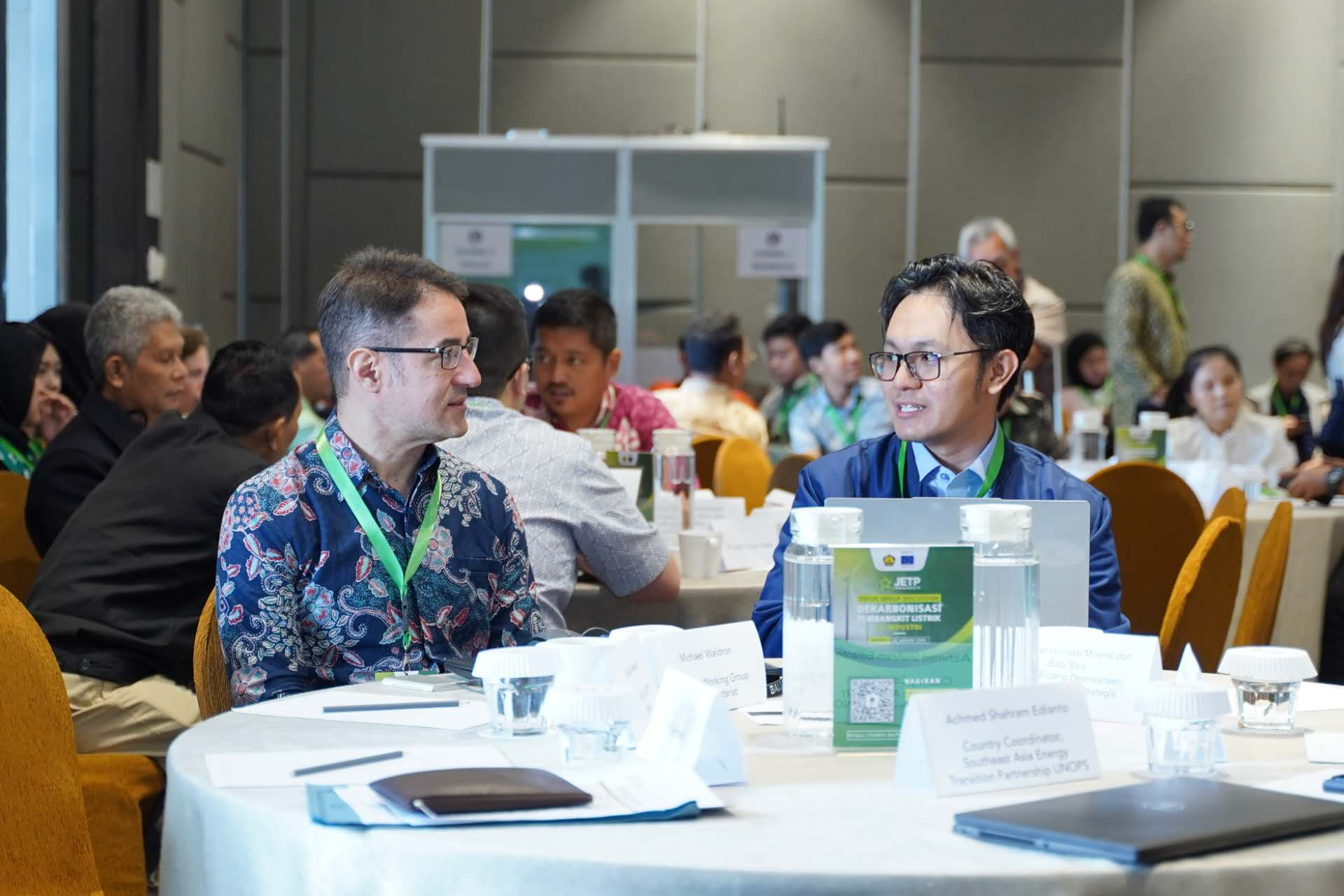

At the Focus Group Discussion (FGD) themed 'Industrial Decarbonization' held on January 24, 2025, GEM delivered a keynote speech titled "Efforts to Promote Green Decarbonization". The speech began with an introduction to GEM and its founder, outlining GEM's practices in green carbon reduction. Through innovative initiatives in recycling and urban mining, GEM successfully reduces more than 1 million tons of CO2 emissions annually. Furthermore, GEM focuses on producing new energy materials, especially battery precursors and cathode materials, with an emphasis on developing NCM (nickel-cobalt-manganese) technology, which has gained global recognition for its achievements in this field.
Next, GEM shared its plans to support decarbonization efforts in Indonesia. Through its subsidiary QMB and the group, GEM is committed to producing green energy to manufacture new energy materials and support Indonesia’s electrification transformation. At the same time, GEM is developing green industrial parks and plans to collaborate with the Indonesian industrial sector to establish demonstration projects and industrial parks powered by renewable energy, such as solar photovoltaic systems and waste heat power generation systems.
In addition, GEM emphasized its support for talent development and R&D, having trained over 150 students and established R&D facilities in Indonesia at Morowali and Bandung Institute of Technology (ITB).
Q&A Session
1. What is the market demand for GEM's recycled products?
Answer. GEM’s recycling process achieves a recovery rate of up to 95%. Our recycled products are mainly focused on the new energy materials sector, particularly NCM (nickel-cobalt-manganese) precursors and cathode materials, which are considered highly promising in future battery technologies. Additionally, through our process, we can recover over 20 elements, including tungsten, lithium, nickel, and cobalt. We also process recycled plastics into wood-plastic composites (WPC), producing various valuable products.
2. How does GEM acquire recyclable materials?
Answer. Initially, collecting electronic waste was a significant challenge. Unlike Indonesia, China has established a large-scale and mature electronic waste management system. We collaborate with electronic waste collectors and purchase discarded electronic products from them. Moreover, the Chinese government actively supports the development of the electronic recycling ecosystem, making the entire process more efficient and scalable.
3. What are GEM's plans for building recycling plants in Indonesia?
Answer. We believe Indonesia has great potential for developing recycling plants. Currently, GEM is focused on supporting the Indonesian government’s vision of accelerating electrification, particularly in the electric vehicle (EV) industry. Over the next 5 to 10 years, we expect this sector to grow rapidly, and the recycling industry will become an important and promising component of the overall ecosystem.
4. Regarding the plan to build a green industry powered by renewable energy, will the photovoltaic system meet the energy demand?
Answer. 65% of the energy demand will be met through waste heat power generation systems, while solar photovoltaic technology will supply 35% of the energy. Furthermore, we plan to introduce wind power systems as a supplementary energy source, ensuring a stable and sustainable energy supply, thus safeguarding a green future.



BottomGraphic · MainBusiness · CentralScroll ·
GEM Introduction Guangdong ICP No. 11096806-1©2008-2021 GEM Co., Ltd. All rights reserved
Address:Sopo Del Tower A Lantai 22 Unit A, Jalan Mega Kuningan Barat 3 Lot 10.1-6 Kawasan Mega Kuningan, Jakarta Selatan 12950
Telephone:+62-2150806594

Scan QC Code
BottomGraphic · MainBusiness · CentralScroll · GEM Introduction Guangdong ICP No. 11096806-1©2008-2021 GEM Co., Ltd. All rights reserved